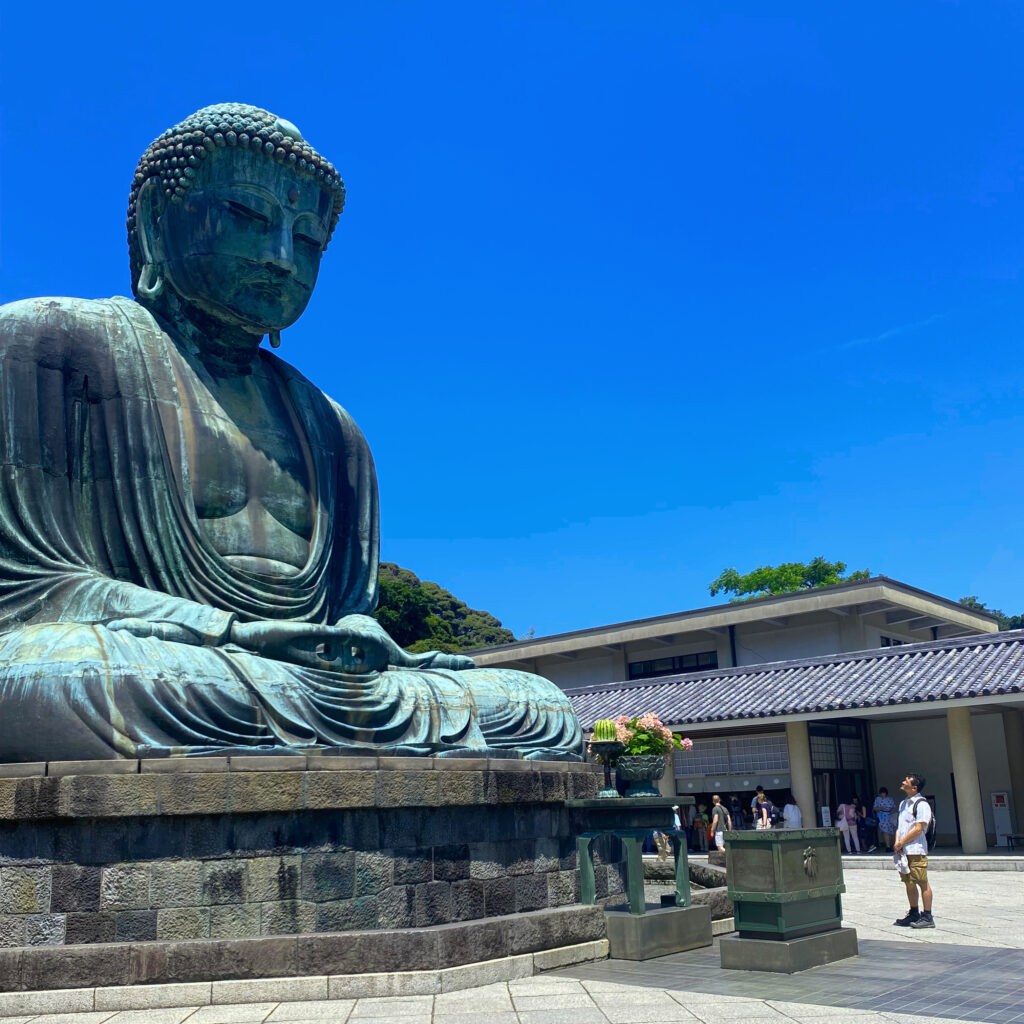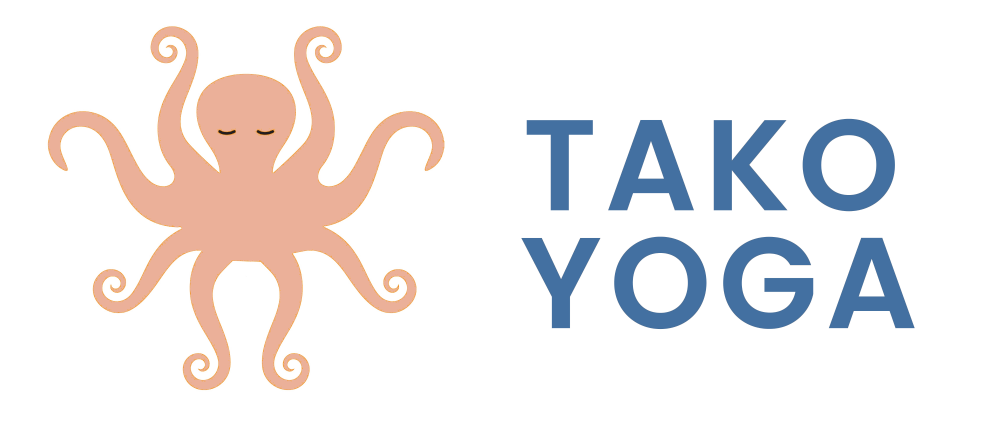
I’m in Japan this month! Maybe because I’ve been sitting so much traveling by plane/train/automobile, I’ve been contemplating spinal posture a lot!
Patanjali’s Sutras and Buddhism on Seated Posture
Patanjali’s Yoga Sutras barely discuss asana (the pose aspect of yogic practice):
“sthira (steady) sukham (comfortable) āsanam (pose)”.
To me Patanjali’s lack of anatomical specificity hints at the purpose of asana in yoga. Our shape is in service to the broader goal of making spiritual progress on the yogic path. As long as one is comfortable and steady in one’s posture, it’s all good. One could interpret this to mean that chasing difficult poses for for difficulty’s sake is counterproductive, as challenging poses are by definition neither comfortable nor steady (I think there is nuance to this argument, but more on that below! Add a comment if you have an opinion on this…)
Buddhist tradition gives a little more detail, with the seven points of vairocana. According to the Rigpa Sherda Wiki, there are arrangements for the following body parts that allow the practitioner to find that perfect middle ground between comfort and alertness that allows for productive meditation:
- Legs
- Hands
- Back
- Shoulders
- Neck
- Mouth
- Eyes
Natural Curvature of the Spine
After umpteen hours of cramped, seated travel, of particular interest to me is #3 Back and #5 Neck! Interestingly, the spine has several natural curves in it. There is a slight concavity (lordosis or indentation) in the lower back and neck, while there is a slight convexity (kyphosis or rounding outward) in the upper back and sacrum. Paradoxically, the back is at its steadiest and most resilient when it is curvy, not straight up and down. I think there’s a lesson in there about flexibility vs rigidity?
Thing is, because of how modern humans contort our bodies (slouching over phones and sitting all day), we are often not at all clear on what it feels like to have natural, healthy alignment in our vertebral column.
Due to the fortuitous time difference between Japan and the East Coast of the US, I was recently able to attend a Zoom yoga class by Ame Wren that I’m usually otherwise never able to make. She had us explore spinal curvature a lot… for instance, she asked us to tilt our pelvises both forward and back to discover where the happy middle lives in the juncture between lower spine and hips.
This idea of “happy middle” made me reflect more on Buddhism’s “middle path”, where the avoidance of extremes can be understood to be the smoothest, most self-compassionate path forward. I always marvel at how the physical aspects of the yoga practice often serve as metaphors for the mental practice.
Asana’s Role in the Eight Limbs
I can confidently say that my asana practice has made me way more aware of how my various body parts lie in space, making it easier for me to snap proprioceptively right into something resembling optimal posture from a vairocana perspective. For that I’m grateful.
If the primary purpose of asana is to teach the body to be in a steady comfortable shape, one might question the value of going beyond simple proprioceptive training in seated postures — instead many of us explore asana that take the body quite far off the middle path, whether it be in end-range stretch or a precarious balance. After all, it is so easy for a teacher of asana (maybe I’m just speaking for myself) to get wrapped up in an ego pursuit of fancy shapes, which is clearly at odds with the real point of yoga. But I think there is some skilled nuance to this.
There are potential benefits to practicing challenging asana as well. By conditioning the body to be stronger and more flexible, it allows the body to expand the range of what is comfortable, and therefore withstand much longer stints of seated meditation. This is absolutely true for me. I remember when my back ached all the time — meditation was often limited by the dictates of pain in my lumbar area.
Another, less obvious benefit — asana paired with pranayama is is mentally training ourselves to bring ourselves back to breath whenever things become challenging. For those of us who focus on breath for meditation, this is a really great habit to develop!
